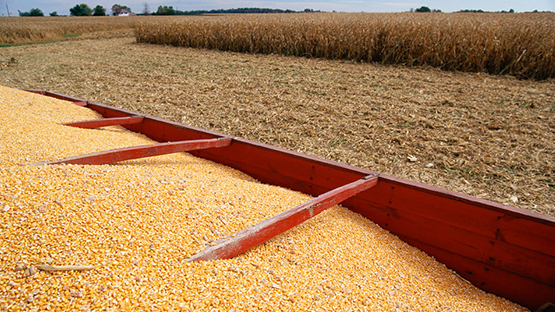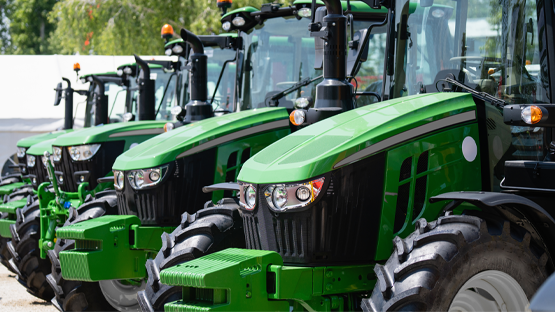
With certain grain and livestock markets disrupted due to ongoing trade disputes, the Trump administration along with USDA has implemented the Market Facilitation Program to provide some temporary compensation for market declines. The program officially began in early September, but as with all new programs, details have become clearer as FSA has finished implementation.
Because of the new nature of the program, AgCountry representatives met with North Dakota State FSA administrators to learn some of the finer details. Below are a few tips for those producers looking to enroll:
Crops
1. Producers can go in and sign up any time. They will not be paid until the crop is harvested, but FSA will issue checks as soon as the yield for the reported commodity passes through County Committee guidelines. For example, if a producer is done with wheat harvest, FSA will pay the wheat check even if soybeans are not done.
- You only need to file one application in your control county.
- Each share will need a separate app. If you farm 60 percent/30 percent, you can only file on the share you own.
- You need to sign up for the first payment to be eligible for the second possible payment. The payment rate on that second 50 percent will be decided on or about December 3rd. Because of this, FSA also advises not skipping enrollment on lower paying commodities because it may render you ineligible for a later, and possibly larger, payment down the road.
- The first payment is guaranteed. Even if the trade issue is solved tomorrow, these payments will be dispatched. This is true whether you sign up today or January 14th
2. FSA does not defer payments. If you do not want money until after the first of the year, do not fill out part C of the application until after January 1st, 2019. However, you can sign part D (signature portion) at any time prior to January 15th.
- On those same lines, a producer MUST enroll by January 15th (sign part D). However, if they have acres that cannot be harvested yet this fall, they have until May 1st to report production (part C of the app).
3. On corn chopped for silage or high moisture corn: Whether the acres are eligible for the payment or not depends on how the acreage was certified.
- Acres are eligible as long as they were certified as intended for grain use during acreage reporting. Any acres chopped will have a conversion factor at FSA in order to determine yield.
- The same is true for wheat that was hayed, as long as it was certified as intended for grain at the start of the year.
4. All types of soybeans are eligible for a payment, including large and small seeded food-grade soybeans.
5. Accuracy is very important. Once submitted, you can only revise your reported production lower. Even then, a revision is only considered if it is done prior to selection for a spot check. For example, if you report 100,000 bushels of beans and then discover you really had 106,000 bushels, there will be no payment on the additional 6,000 bushels you didn’t know about. On the other hand, if you report 100,000 bushels, haul them in and discover you only had 95,000, you need to report that to FSA and it needs to be done before any potential spot checks. If you are pulled for a spot check and your production is found to be too high you need to refund FSA the difference, plus there are over-reporting penalties involved.
Livestock
1. On the Dairy, production will be determined in the same method used for the MPP program. You will receive payment on the peak production (determined by that method) from 2011, 2012, and 2013, as long as you were in operation on June 1st, 2018.
- Note: if a dairy is an entity, you can still only file on your share of production. So if Farm A is owned 80 percent by dad and 20 percent by son, there has to be two applications.
BIG CHANGE ON SWINE: USDA has determined that inventory on August 1st isn’t necessarily representative of all producers inventory. Starting today, the new wording is: “For the few producers for whom that date (August 1, 2018) is not representative of the number of head of hogs that they own, those producers may choose any day from July 15th to August 15th, 2018, as the date for which ownership is reported.”
- You will still need to prove inventory.
- You must still have had ownership of the hogs.
If a producer already certified and this change affects them, they are allowed to re-certify. This is the only commodity being allowed to do that.



